Masashi IWASAKI

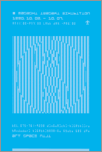
solo show
"MASASHI IWASAKI EXHIBITION 2"
OCT 2 - OCT 7, 1990
Art Space Niji, Kyoto
個展
“イワサキマサシテン2”
1990年10月2日−10月7日
アートスペース虹,京都

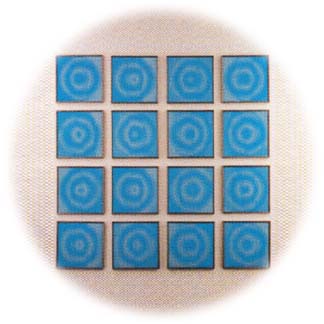
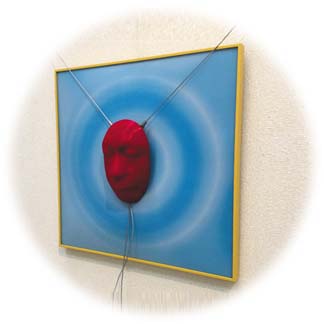
"DEVELOPMENT OF THE OBSCURE BOUNDARY" KYOTO UNIVERSITY OF ART & DESIGN KIRARA, AUGUST 01, 2005
 n his back, carrying
n his back, carrying
a small galaxy -
the snail
Recently, I've been participating in an English haiku group as part of my study of English. You may not know this, but there are many fans of English haiku around the world in countries such as the United States, the United Kingdom, and the population of admirers is particularly large in Brazil. Actually, the reason I decided to join the group is that I had found and read a book of English haiku at Maruzen Bookstore once. I found it very interesting, with its style of 70's "beat-zen" and also "re-importation" of Japanese tradition. Japanese haiku has a rule that it has to made of 5, 7 then 5 words, respective to each line, however, English ones are different. They are made of about 17 syllables in each haiku. The topic doesn't have to be the seasons particularly, as it often is. We typically use 2-4 lines. Additionally, we have to think about sound and rhythm, but the most important thing is "wabi-sabi" that is the point of the haiku spirit: it must be brief and rich. This is where they succeed in maintaining the essence of haiku sincerely. The above one is a haiku that I wrote last year. It was enjoyed by friends in our circle, although I'm not sure why. Even now, it is used on the newsletter's cover. That haiku has a good micro-macro balance so I also like it very much as English poem, but it's little bit short, isn't it?

I've chosen the "visual poem", that is opportunity of thinking about "image and word", as my basic design subject. Actually, this subject was inspired by the work of my former teacher, who taught me when I was a student. I remember that was a prerequisite class for the first year students and the subject name was very serious, "computer literacy" as I recall. Yet, the teacher was very strange and unique instructor who didn't teach us about computing at all, but always made students play message games, map travels and make human body words. These wonderful subjects were my favorite things to do. One of the subjects was this: he showed us the reference works called "concrete poetry". They are very obsessive experiences. I felt their expressions were so cool because those cold emotions looked like low temperature burns, for this reason, I was really excited and the feeling stayed with me! I knew at this time that they had crossed a previously unknown boundary, uniting the elements picture, poetry and music.


Changing the topic for a moment, the pictures below are from a piece that I exhibited with exhibition of Osaka Expo '70 as the theme. I, my mother, grand mother, and aunt are in the picture. I suppose the photographer was probably my father. It was commemorative photograph in front of the "Tower of the Sun". I think the place was called "Festival Square" and many people did that the same thing. 20 years later, I found the negatives in my father's closet and, surprised and touched, took them to the DPE! In truth, I don't have any memory of when I was 3 years old even though my mother and I went to Expo more than 10 times and I can't remember those pavilions, those companions, the moon stone and so on. Still, if I go there by the monorail now, I sense something familiar. I imagine that place has been imprinted as a kind of "first landscape" in my mind. Like a nostalgic future, the clear, artificial landscape makes me feel melancholy. There is a word element contained in "What a future!" and I wanted to put the two meanings of "What a wonderful future!" and "There will be no wonderful future to us." Also I wanted to make the younger me say these words. The Expo's theme was "March of Human Progress and Harmony", left to the imagination of the viewer, and I wanted to make as such the image piece.


As I thought of these things, I wrote some images and words. Well, I will quote the words of a famous designer, who said, "Information is quite intelligent and invisible. When the light strikes it and reflects, it changes to the word as if becoming a character, conversely changing to the picture as if becoming amorphous at the same time. And also, the picture transforms into noise when jumping these pictures." I want you to develop an understanding of the ambiguous relationship between "sense and nonsense", I want you to think of the fluctuation between "chaos and order", and then I want you to spin "image and word" and obscure the boundary. Using words in art work is not easily done and risks becoming cliched if done without serious reflection. I hope you will engage in the practical training to use knowledge, emotions and information freely and deeply. I would like to take one step at a time with you in your personal vision, slowly and surely. Finally, the TV man in the other picture was made at the same time, and I remade to a 3DCG recently.
_@"
_@"
(Masashi IWASAKI)
“あいまいな境界の開拓” 京都造形芸術大学・雲母,2005.08.01
 中に,おぶっているのは
中に,おぶっているのは
小さな銀河−
かたつむり
最近、英語の勉強を兼ねて、英語俳句のサークルに参加している。英語俳句というのも耳なれない言葉かもしれないが、アメリカやイギリスのみならず、世界中に同好者がいて、特にブラジルにその人口が多いそうだ。実は、以前にイングリッシュハイクの本を丸善で見つけて読んでいたのだが、70年代のビート禅みたいで、何か逆輸入的でおもしろいな‥、というのも参加したきっかけだった。で、日本の俳句は五七五の定形があり、では英語の場合はどうするのかというと、英文の音節を約17に限定する。また季語はあってもなくても良く、行数は2〜4行というのが通例だ。その他、切れ字や音調などへのいくつかの配慮があるのだが、最も重要なのは、わびさびという「ハイクスピリット」を簡潔かつ豊かに描写することで、これは俳句本来のエッセンスを大切に受け継ごうとしているのであろう。上の句は昨年僕が捻ったもので、なぜだか外国の友人たちにとても好評になり、サークル機関誌の表紙にも使われている。ミクロとマクロのバランスが良く、英詩としてもなかなか気に入っている。でもちょっと字足らずかな?

 中に,おぶっているのは
中に,おぶっているのは
小さな銀河−
かたつむり
最近、英語の勉強を兼ねて、英語俳句のサークルに参加している。英語俳句というのも耳なれない言葉かもしれないが、アメリカやイギリスのみならず、世界中に同好者がいて、特にブラジルにその人口が多いそうだ。実は、以前にイングリッシュハイクの本を丸善で見つけて読んでいたのだが、70年代のビート禅みたいで、何か逆輸入的でおもしろいな‥、というのも参加したきっかけだった。で、日本の俳句は五七五の定形があり、では英語の場合はどうするのかというと、英文の音節を約17に限定する。また季語はあってもなくても良く、行数は2〜4行というのが通例だ。その他、切れ字や音調などへのいくつかの配慮があるのだが、最も重要なのは、わびさびという「ハイクスピリット」を簡潔かつ豊かに描写することで、これは俳句本来のエッセンスを大切に受け継ごうとしているのであろう。上の句は昨年僕が捻ったもので、なぜだか外国の友人たちにとても好評になり、サークル機関誌の表紙にも使われている。ミクロとマクロのバランスが良く、英詩としてもなかなか気に入っている。でもちょっと字足らずかな?

僕の担当するデザイン基礎のテキスト課題では、言葉とイメージとの関係性を考える場として、「視覚詩」を設定している。この課題は、実は僕が学生時代に、当時の恩師がされていた内容に倣ったものだ。1年生の始めのころのいわば準備運動的な授業で、確か情報基礎演習とかいう固い講座名だったと思う。でもその先生はとても変わった面白い方で、CGの授業なのにコンピュータはあまり使用せず、生徒たちに「伝言ゲーム」とか「地図旅行」とか「人文字作り」などなど、生徒に変なことばっかりやらせていて、僕はとても大好きな授業だった。その課題の1つがこの視覚詩づくりで、参考作品にはコンクリートポエトリーと呼ばれる、とてもマニアックな作品を見せてもらった。今で言う極北の表現というか、その冷ややかな情念のようなものが低温火傷みたいでかっこ良く、ドキドキした記憶が残っている。それらは絵画でもあり詩でもあり音楽でもあるという、分類不能な越境性をも併せ持っているんだと、その時はじめて知った。


さて話は少々脱線するが、図版の作品は、僕が大阪万博をテーマとした展覧会に出品した時の作品だ。写真に写っているのが、僕と母と祖母と叔母。おそらく撮影者は父だろう。太陽の塔を前にした記念撮影だ。お祭り広場という場所だったと思うが、当時、多くの入場者がそこで同様にそうしただろうと思う。それから約20年後、僕はこの写真のネガを実家の押し入れから発掘し、驚きと感動とともにDPEに持ち込んだのだった! 実は3歳のころの記憶なんてほとんど無く、エキスポ'70へは母と共になんと10数回も訪れたそうなのだが、パビリオンもコンパニオンもムーンストーンも全然なんにも覚えていない。でも、今でもモノレールに乗って近くに行くと、なんだかとても懐かしい気持ちになる。あの場所は自分にとって、刷り込まれた「原風景」なのかもしれない。懐かしい未来とでもいうのだろうか、その無味乾燥で人工的な風景には、いつもとてもメランコリックな気分にさせられる。作品内に「明るい未来なんて−」という言葉の要素があるが、ここでは「明るい未来なんて素晴らしい〜」というポジの意味と「明るい未来なんてあるわけ無い‥」というネガの二重の意味を持たせ、かつ、未来の僕がかつての僕にそう言わせたかったのだ。当時の万博のテーマ「人類の進歩と調和」というのを踏まえ、見る人の想像力に委ねる、そんな作品化を意図していた。


イメージと言葉について、思いつくままにいくつか書きつらねてきた。ここである有名なデザイナーの言葉を引用しよう。「情報という、知的で目に見えない跳びはねるものに光があたり、反射光を錯乱させるときに、記号素の方に少し傾けば文字になり、逆にアモルフな方に傾けば絵になり、絵を飛び越えてノイズにもなる。」そう、「意味」と「無意味」のあいまいな境界を開拓し、「カオス」と「秩序」を自在に往復し、そして「心象」と「言葉」との関係を紡いでいって欲しいと思う。安易なことば使いには、せっかくの作品を陳腐化してしまうという弱点もある。どうかこの課題の制作では、自由に深く「知・情・報」のトレーニングを楽しく行ってもらえたらと思う。決してゆっくりで構わないので、自らのヴィジョンを抱き、一歩ずつ確実に歩んでいって欲しいと願っている。なお、図版は、同じころ描いたであろうTV人間を、近年3D化したものです。
_@”
_@”
(岩崎正嗣)
Photograph: Masashi IWASAKI
写真:岩崎正嗣


"DRIFT" 1990
computer graphics | lenticular, aluminium frame
every piece 51 x 51 cm
“漂流” 1990
コンピュータ・グラフィックス|レンチキュラー,アルミフレーム
すべて 51 x 51 cm

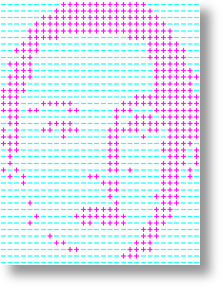
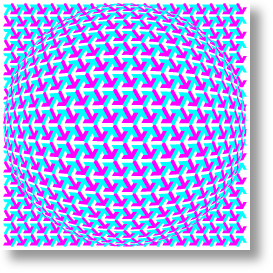
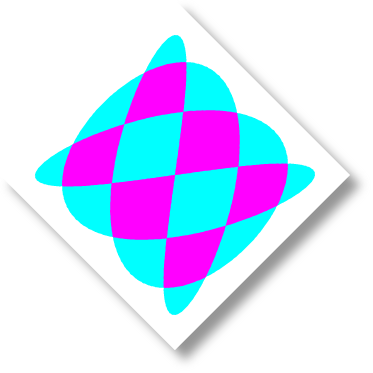
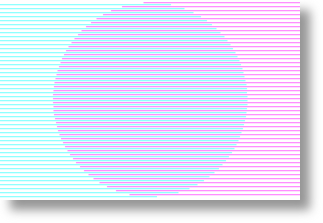
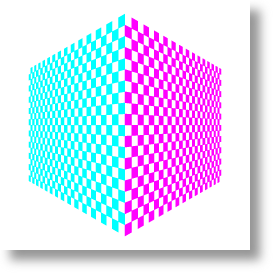
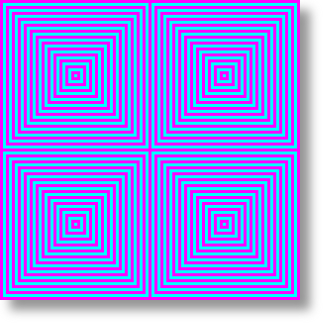
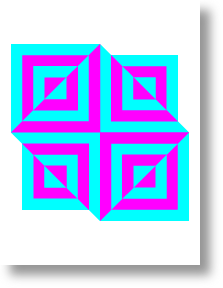
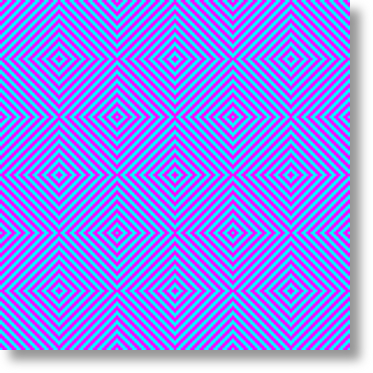
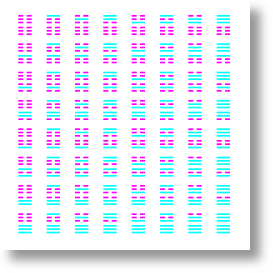
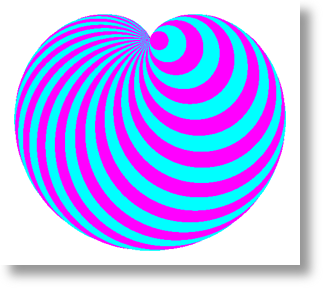
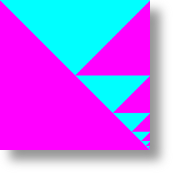

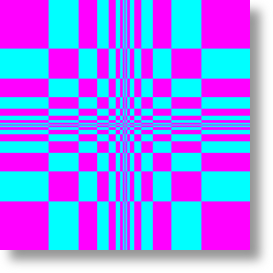
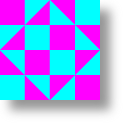
"PLUS & MINUS" 1990
computer graphics
every piece dimension variable
“プラスマイナス” 1990
コンピュータ・グラフィックス
すべてサイズ可変


"HEART CURVE" 1990
geometric drawing
dimension variable
“心臓曲線” 1990
ジオメトリック・ドローイング
サイズ可変

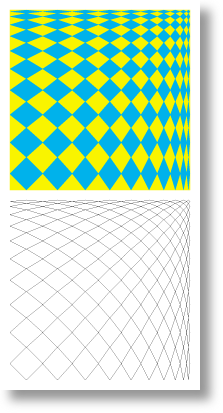
"CHANGING CHECKED" 1990
geometric drawing
dimension variable
“変化するチェック” 1990
ジオメトリック・ドローイング
サイズ可変

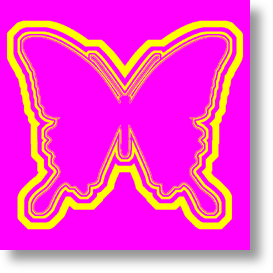

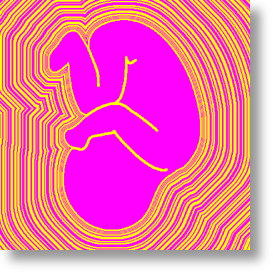
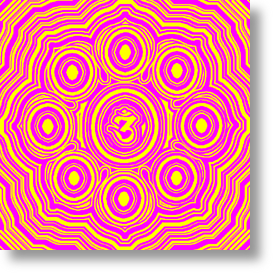
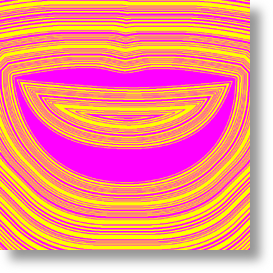


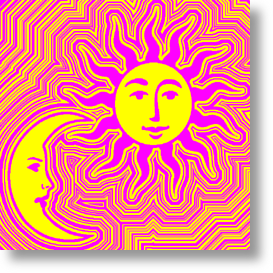
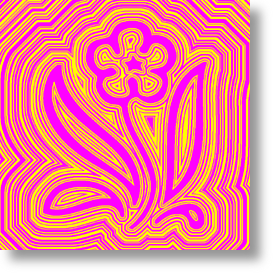
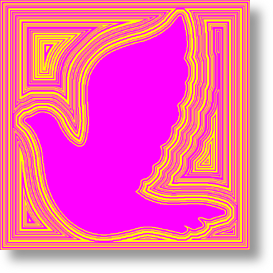
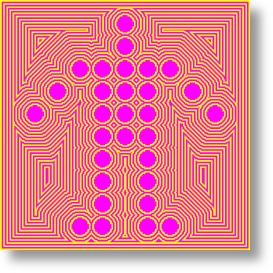
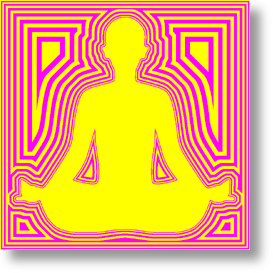
"CONTOUR LINES" 1990
computer graphics
every piece dimension variable
“等高線” 1990
コンピュータ・グラフィックス
すべてサイズ可変

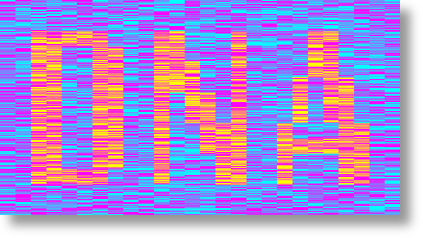
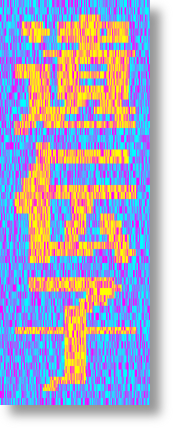
"DNA" 1990
computer graphics
every piece dimension variable
“DNA” 1990
コンピュータ・グラフィックス
すべてサイズ可変


"CMK STRIPES" 1990
computer graphics
dimension variable
“CMKの縞” 1990
コンピュータ・グラフィックス
サイズ可変


"Z" 1990
computer graphics
dimension variable
“Z” 1990
コンピュータ・グラフィックス
サイズ可変


"LADIES & GENTLEMEN" 1990
computer graphics
dimension variable
“紳士と淑女” 1990
コンピュータ・グラフィックス
サイズ可変

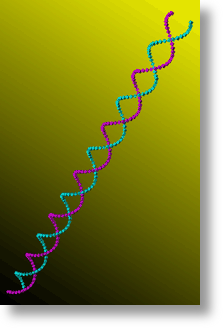
"DOUBLE SPIRAL" 1990
computer graphics
dimension variable
“二重螺旋” 1990
コンピュータ・グラフィックス
サイズ可変

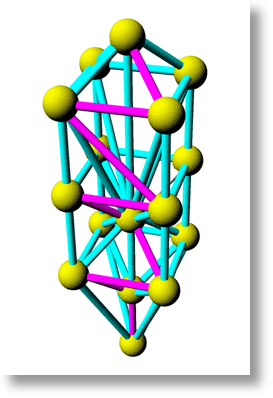
"KABBALAH" 1990
computer graphics
dimension variable
“生命の樹” 1990
コンピュータ・グラフィックス
サイズ可変

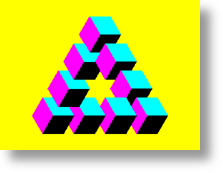
"IMPOSSIBLE FIGURE" 1990
computer graphics
dimension variable
“無理図形” 1990
コンピュータ・グラフィックス
サイズ可変

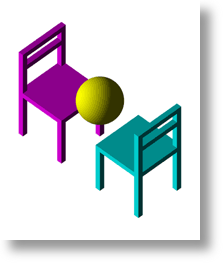
"A DIALOGUE" 1990
computer graphics
dimension variable
“ひとつの対話” 1990
コンピュータ・グラフィックス
サイズ可変

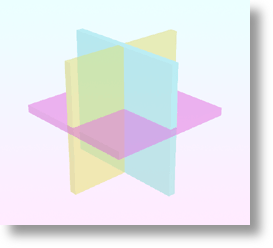
"JEWEL" 1990
computer graphics
dimension variable
“たからもの” 1990
コンピュータ・グラフィックス
サイズ可変

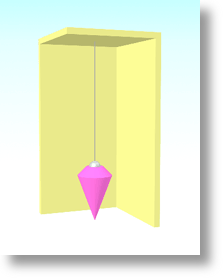
"PLUMMET" 1990
computer graphics
dimension variable
“サゲフリ” 1990
コンピュータ・グラフィックス
サイズ可変

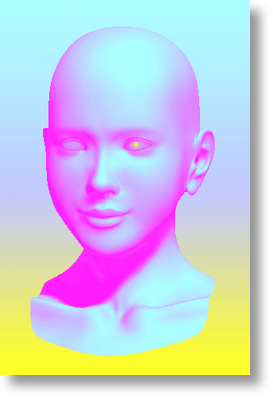
"TORSO" 1990
computer graphics
dimension variable
“トルソー” 1990
コンピュータ・グラフィックス
サイズ可変

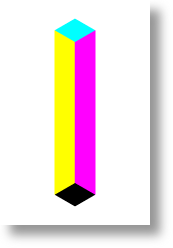
"PILLAR" 1990
geometric drawing
dimension variable
“柱” 1990
ジオメトリック・ドローイング
サイズ可変


"BLOCK" 1990
geometric drawing
dimension variable
“ブロック” 1990
ジオメトリック・ドローイング
サイズ可変

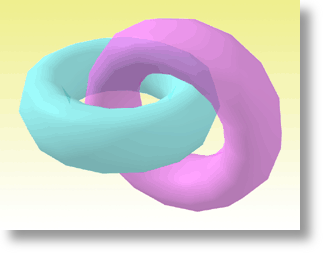
"ENGAGE" 1990
computer graphics
dimension variable
“約束” 1990
コンピュータ・グラフィックス
サイズ可変

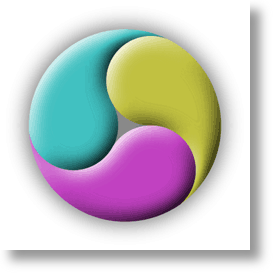
"THREE COMMAS" 1990
computer graphics
dimension variable
“三つ巴” 1990
コンピュータ・グラフィックス
サイズ可変

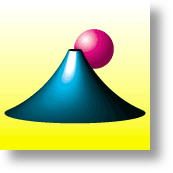
"MOUNT FUJI" 1990
geometric drawing
dimension variable
“富士山” 1990
ジオメトリック・ドローイング
サイズ可変

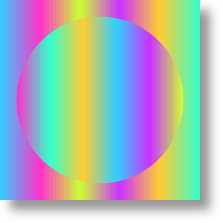
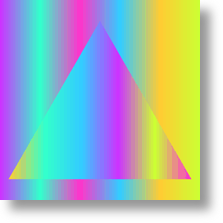

"BASIC FORMS WITH GRADATION" 1990
computer graphics
every piece dimension variable
“グラデーションと基礎形態” 1990
コンピュータ・グラフィックス
すべてサイズ可変


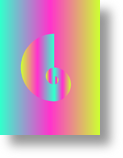
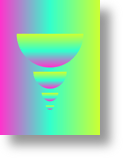
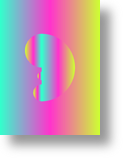
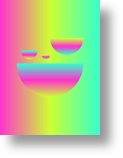
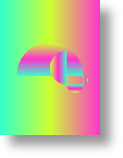


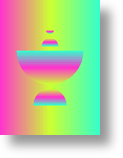
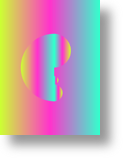


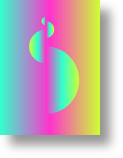
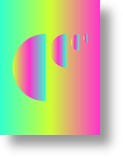

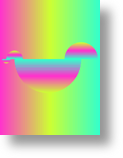

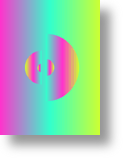
"COMPOSITION BY SEMICIRCLES WITH GRADATION" 1990
computer graphics
every piece dimension variable
“グラデーションによる半円の構成” 1990
コンピュータ・グラフィックス
すべてサイズ可変

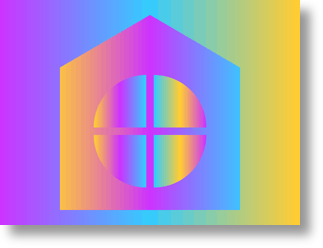
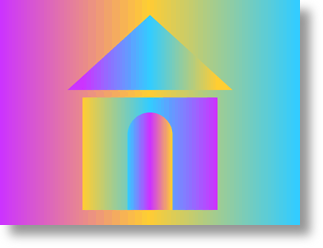
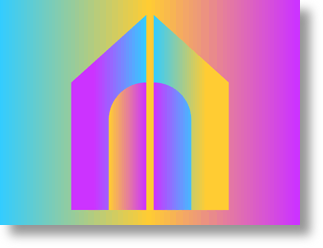
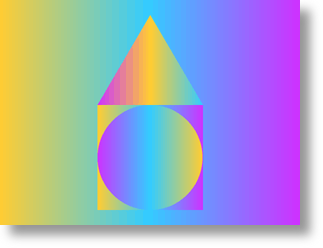
"DREAM HOUSE" 1990
computer graphics
every piece dimension variable
“ドリームハウス” 1990
コンピュータ・グラフィックス
すべてサイズ可変

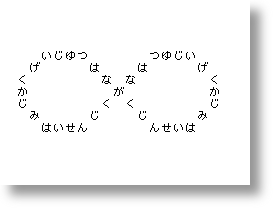
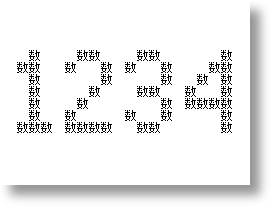
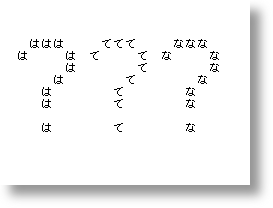
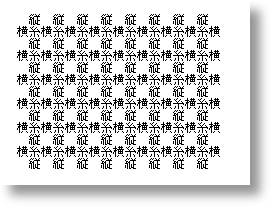
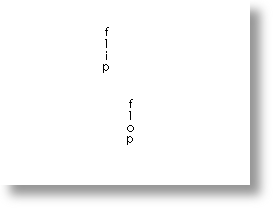
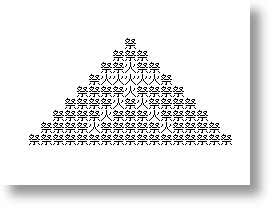
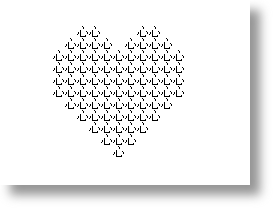
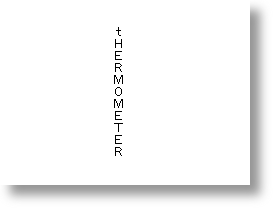
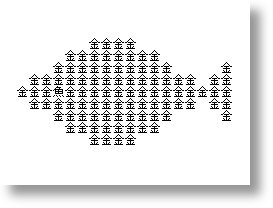
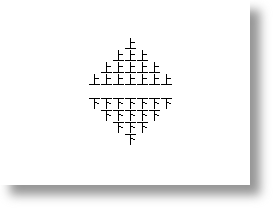
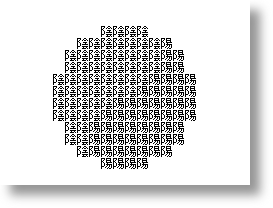
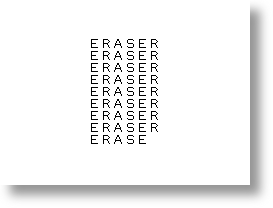
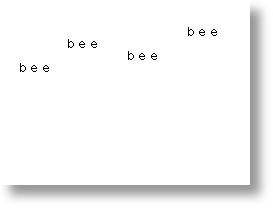
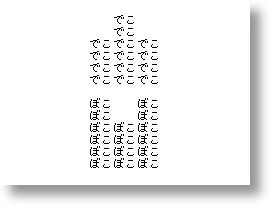
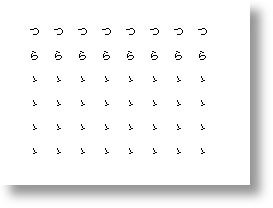
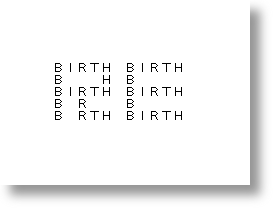
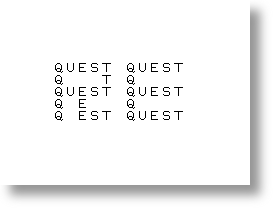
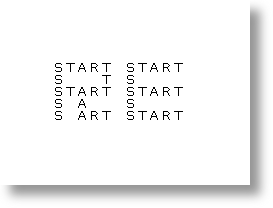
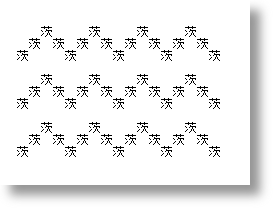
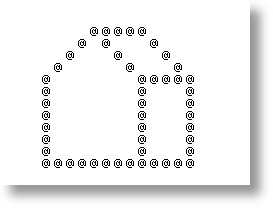
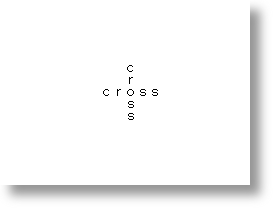
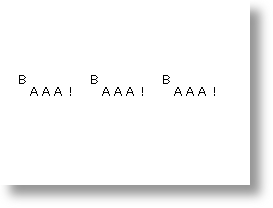
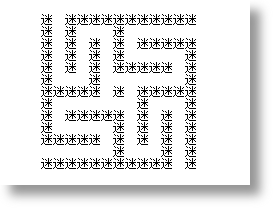
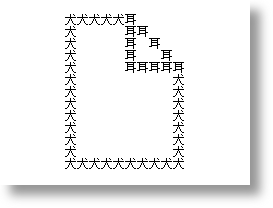
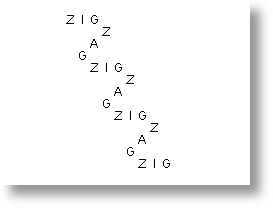
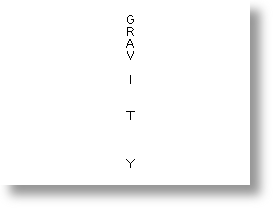
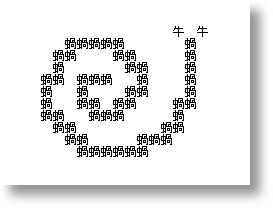
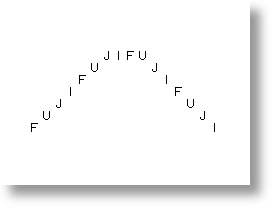
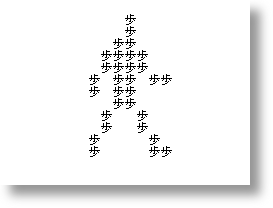
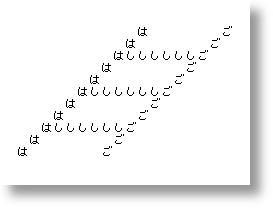
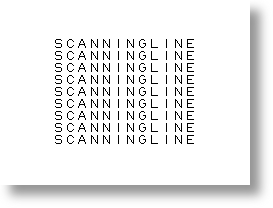
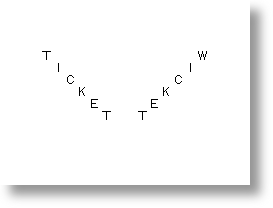
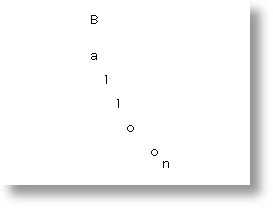
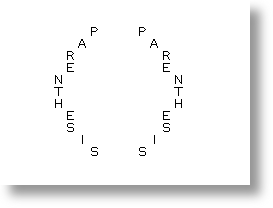

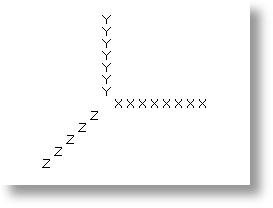

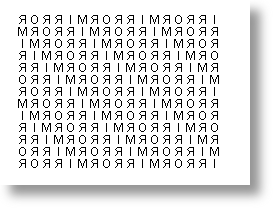
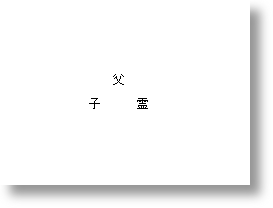
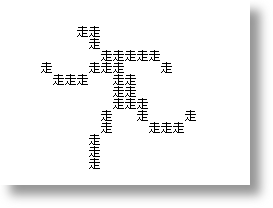
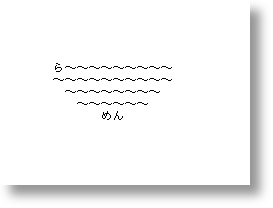
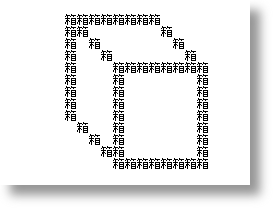
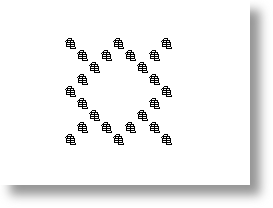
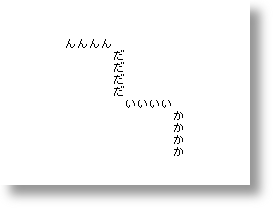
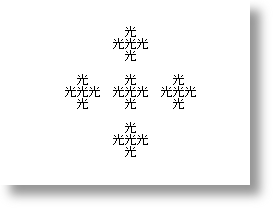

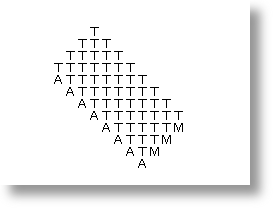
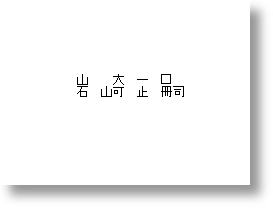
"VISUAL POETRY" 1990
computer graphics
every piece dimension variable
“視覚詩” 1990
コンピュータ・グラフィックス
すべてサイズ可変

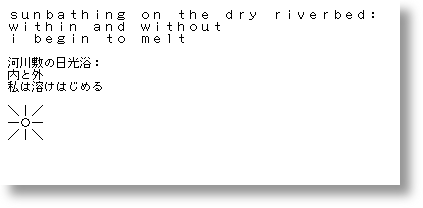
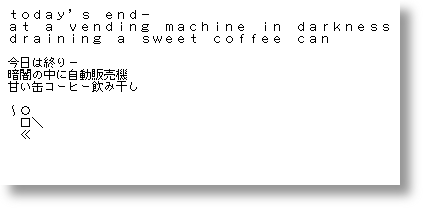
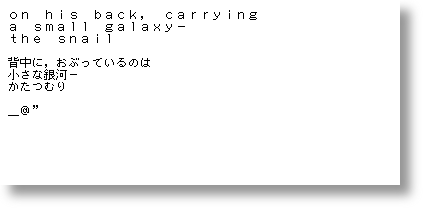
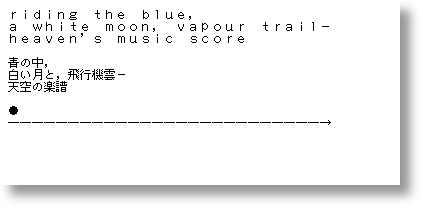
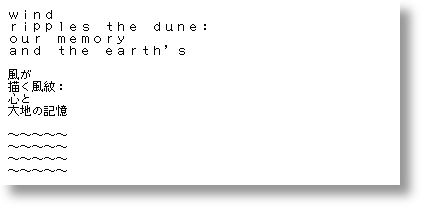
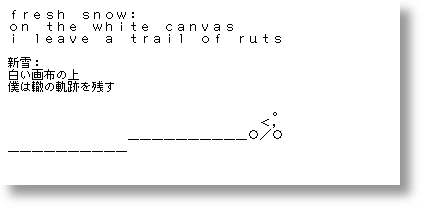

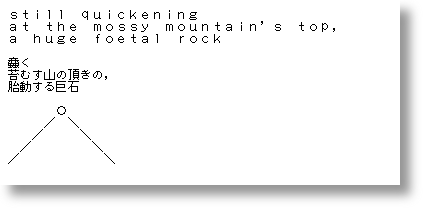
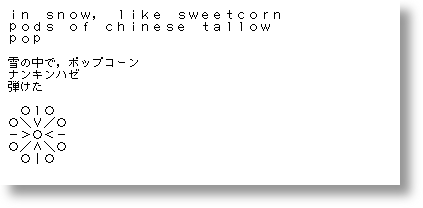

"ENGLISH HAIKU" 1990
computer graphics
every piece dimension variable
“英語俳句” 1990
コンピュータ・グラフィックス
すべてサイズ可変

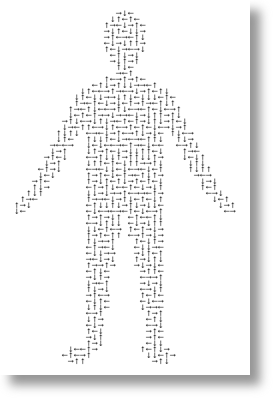
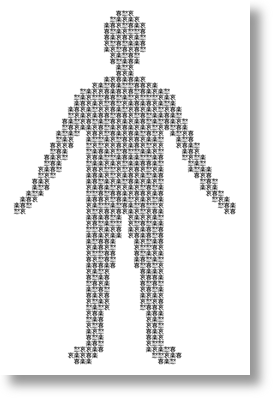
"EXPERIMENT" 1990
computer graphics
every piece dimension variable
“実験” 1990
コンピュータ・グラフィックス
すべてサイズ可変

写真:岩崎正嗣


"DRIFT" 1990
computer graphics | lenticular, aluminium frame
every piece 51 x 51 cm
“漂流” 1990
コンピュータ・グラフィックス|レンチキュラー,アルミフレーム
すべて 51 x 51 cm















"PLUS & MINUS" 1990
computer graphics
every piece dimension variable
“プラスマイナス” 1990
コンピュータ・グラフィックス
すべてサイズ可変


"HEART CURVE" 1990
geometric drawing
dimension variable
“心臓曲線” 1990
ジオメトリック・ドローイング
サイズ可変


"CHANGING CHECKED" 1990
geometric drawing
dimension variable
“変化するチェック” 1990
ジオメトリック・ドローイング
サイズ可変













"CONTOUR LINES" 1990
computer graphics
every piece dimension variable
“等高線” 1990
コンピュータ・グラフィックス
すべてサイズ可変



"DNA" 1990
computer graphics
every piece dimension variable
“DNA” 1990
コンピュータ・グラフィックス
すべてサイズ可変


"CMK STRIPES" 1990
computer graphics
dimension variable
“CMKの縞” 1990
コンピュータ・グラフィックス
サイズ可変


"Z" 1990
computer graphics
dimension variable
“Z” 1990
コンピュータ・グラフィックス
サイズ可変


"LADIES & GENTLEMEN" 1990
computer graphics
dimension variable
“紳士と淑女” 1990
コンピュータ・グラフィックス
サイズ可変


"DOUBLE SPIRAL" 1990
computer graphics
dimension variable
“二重螺旋” 1990
コンピュータ・グラフィックス
サイズ可変


"KABBALAH" 1990
computer graphics
dimension variable
“生命の樹” 1990
コンピュータ・グラフィックス
サイズ可変


"IMPOSSIBLE FIGURE" 1990
computer graphics
dimension variable
“無理図形” 1990
コンピュータ・グラフィックス
サイズ可変


"A DIALOGUE" 1990
computer graphics
dimension variable
“ひとつの対話” 1990
コンピュータ・グラフィックス
サイズ可変


"JEWEL" 1990
computer graphics
dimension variable
“たからもの” 1990
コンピュータ・グラフィックス
サイズ可変


"PLUMMET" 1990
computer graphics
dimension variable
“サゲフリ” 1990
コンピュータ・グラフィックス
サイズ可変


"TORSO" 1990
computer graphics
dimension variable
“トルソー” 1990
コンピュータ・グラフィックス
サイズ可変


"PILLAR" 1990
geometric drawing
dimension variable
“柱” 1990
ジオメトリック・ドローイング
サイズ可変


"BLOCK" 1990
geometric drawing
dimension variable
“ブロック” 1990
ジオメトリック・ドローイング
サイズ可変


"ENGAGE" 1990
computer graphics
dimension variable
“約束” 1990
コンピュータ・グラフィックス
サイズ可変


"THREE COMMAS" 1990
computer graphics
dimension variable
“三つ巴” 1990
コンピュータ・グラフィックス
サイズ可変


"MOUNT FUJI" 1990
geometric drawing
dimension variable
“富士山” 1990
ジオメトリック・ドローイング
サイズ可変




"BASIC FORMS WITH GRADATION" 1990
computer graphics
every piece dimension variable
“グラデーションと基礎形態” 1990
コンピュータ・グラフィックス
すべてサイズ可変



















"COMPOSITION BY SEMICIRCLES WITH GRADATION" 1990
computer graphics
every piece dimension variable
“グラデーションによる半円の構成” 1990
コンピュータ・グラフィックス
すべてサイズ可変





"DREAM HOUSE" 1990
computer graphics
every piece dimension variable
“ドリームハウス” 1990
コンピュータ・グラフィックス
すべてサイズ可変

















































"VISUAL POETRY" 1990
computer graphics
every piece dimension variable
“視覚詩” 1990
コンピュータ・グラフィックス
すべてサイズ可変











"ENGLISH HAIKU" 1990
computer graphics
every piece dimension variable
“英語俳句” 1990
コンピュータ・グラフィックス
すべてサイズ可変



"EXPERIMENT" 1990
computer graphics
every piece dimension variable
“実験” 1990
コンピュータ・グラフィックス
すべてサイズ可変

